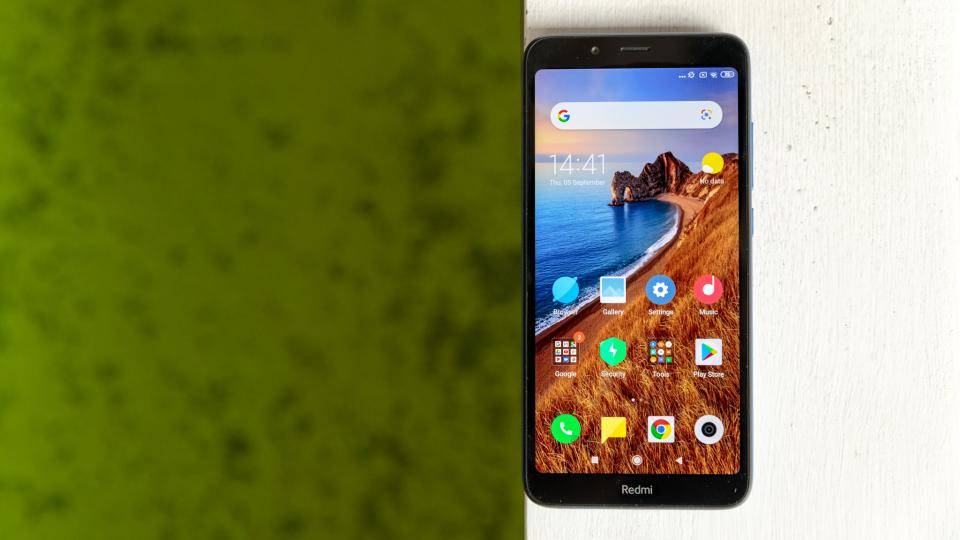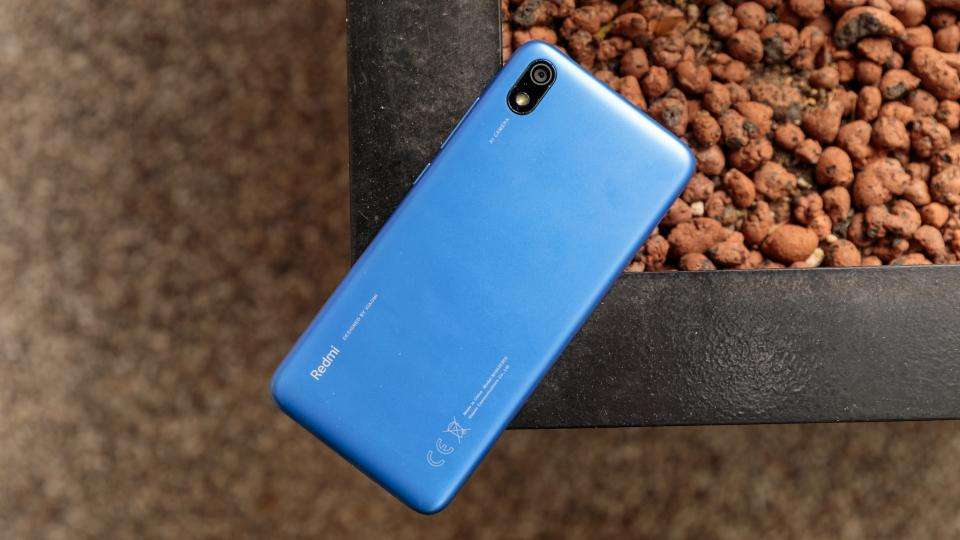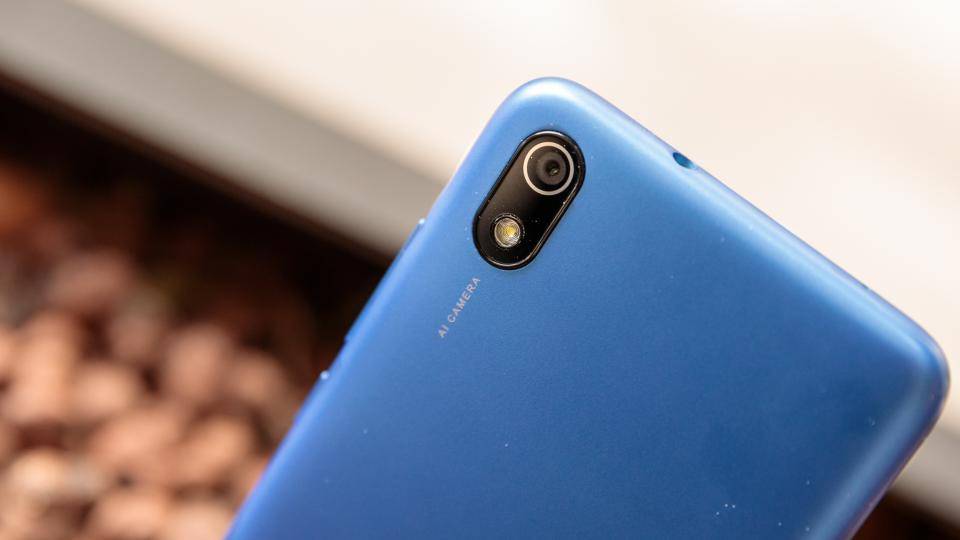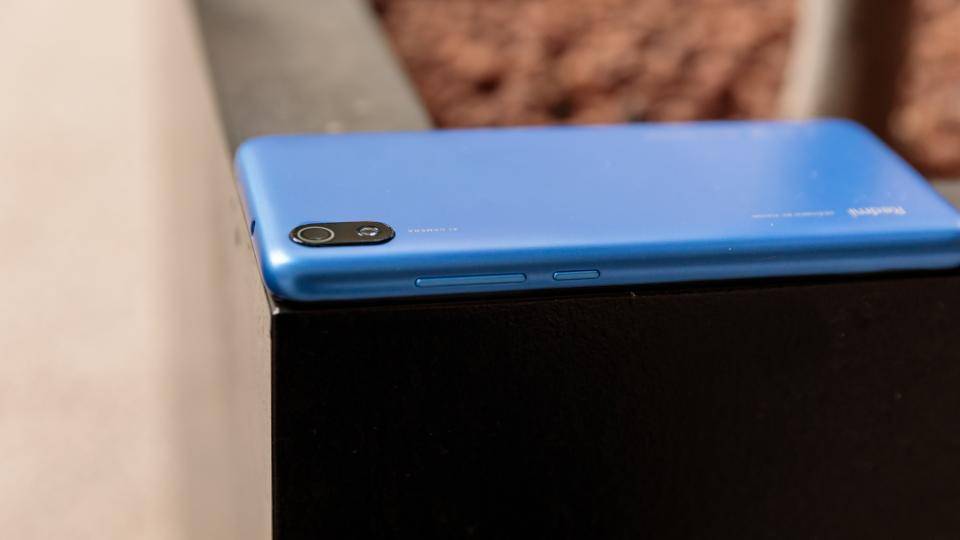How good can a £99 phone be? Obviously there are limits, but if any smartphone manufacturer can wave a magic wand and make a good product on the cheap, it should be Xiaomi.
Remember the Pocophone F1 ? That had the same processor as most Android flagships of the time, but magically came in at £330, managing to undercut even the cheap but mighty OnePlus 6T by a whopping £169. Let’s see what Xiaomi can achieve for less than a third of the price with the Redmi 7A.
Xiaomi Redmi 7A review: What you need to know
A 5.45in Android handset, the Xiaomi Redmi 7A is about as cheap as you can plausibly expect any new smartphone to be, and even then, you have to look for cut corners.

Although, at a glance, the Redmi 7A looks pretty reasonable. For a start, the processor is a Qualcomm number, rather than the low-powered MediaTek processors often favoured by budget handsets. It’s the Snapdragon 439 – the same chip used in the £150 Nokia 4.2 – and it’s supported by 2GB of RAM and either 16 or 32GB of internal storage, which can be expanded by an extra 256GB with a microSD card. A 4,000mAh battery should keep things ticking over for a reasonable amount of time, too, especially given the 720p screen.
Xiaomi Redmi 7A review: Price and competition
Competition at the £100 mark is pretty thin on the ground and decent competition is even rarer. Let’s get the turkeys out of the way first: the dreadful Alcatel 1X and rugged but equally dreadful Doogee S40 will set you back £100 each.

The Vodafone Smart X9 costs the same as both, but offers much better results. If you can stretch a bit further, the Moto G7 Power is our budget pick at around £160 . That’s obviously a big jump in price, but the performance leap is probably even bigger.
Xiaomi Redmi 7A review: Design
Looking at the Xiaomi Redmi 7A, I found myself reflecting on how amazing the transformation of budget phones has been over the last few years. This is a handset that's every bit as handsome as the iPhone 5c was back in the day, and while you’d be unlikely to mistake it for an iPhone 11 Pro Max , the gap between top-end and budget has definitely narrowed considerably in terms of looks.

Like every smartphone around, the whole thing is dominated by a large screen – in this case a 5.45in, IPS panel. The bezels are there, but not obnoxiously so: around the level you’d expect from the Galaxy S7 a few short years ago. There’s no physical home button and just the standard volume rocker and power switch on the right-hand side.
The back is a smooth, rounded polycarbonate affair, in our case in a spangly blue design. It feels very nice in the hand: solid and with enough grip not to worry about droppage. Build quality is excellent, too, with no flex at all in the body. You get the feeling that it would last a few tumbles, if you’re a butterfingered type.

So where are the cost savings here? The polycarbonate finish is clearly one, although not a dealbreaker from my perspective. Obviously you can forget about niceties such as wireless charging and waterproofing, but slightly more disappointing is the omission of any kind of fingerprint reader: it’s lockscreen only here. This is one point that the £99 Vodafone Smart X9 has over the Redmi. Still, it gets points in other areas. It has a 3.5mm headphone jack, for a start, and it also lets you expand the storage by an extra 256GB via microSD if you like.
Xiaomi Redmi 7A review: Screen
The 5.45in screen on the Redmi 7A is another area where Xiaomi sensibly cuts costs without taking away from the overall quality of the device. It’s a 720p IPS panel, but it’s a damned fine one considering the low cost of entry.
Although slightly reflective, the screen has solid viewing angles, and reaches a respectable peak brightness of 419cd/m ² . Colour accuracy is also pretty damned good for a handset of this price, with it covering 87% of the sRGB gamut on its “standard” colour profile with an overall volume of 87.2%. The only slight letdown is a pretty low contrast of just 525:1, which leads to images and icons that aren’t quite as sharp as they could be, but overall it’s hard to go wrong with a screen this good on a £100 phone.
Xiaomi Redmi 7A review: Performance
All is perfectly in order so far then, so where’s the catch? Surely in the performance.
Well, yes and no. On one hand, a £99 phone is never going to be an absolute powerhouse, but generally the Redmi 7A performs what you ask of it pretty well considering, with the Qualcomm Snapdragon 439 processor feeling surprisingly snappy in day-to-day use. The benchmarks back this up. As you can see below, it’s comfortably ahead of the two £99 turkeys I mentioned earlier, and only a little behind the Vodafone Smart X9 on multi-core. Unsurprisingly, it’s the same as the Nokia 4.2, given it uses the same chip, but it's £50 cheaper.
Even more pleasingly, while it trails behind the Moto G7 Power in the Geekbench metrics, the gap is basically closed to nothing in the graphical benchmarks, suggesting some light gaming is very much possible.
To be clear, the first bar shows “onscreen” performance, where it performs better thanks to its 720p resolution, which is obviously less demanding than a 1080p display. But all things being equal – as they are in the off-screen tests – the Redmi 7A is miles ahead of both the Alcatel 1X and Doogee S40, and basically in a dead heat with everything else.
On battery life it’s slightly above average, too. Nothing to write home about – unless you’re really starved of news to share – but a pretty respectable 13 and a half hours isn’t too bad at all. You’d hope for a bit more from a 4,000mAh cell, but it’ll still comfortably get you through a day, and it’s telling that only the 5,000mAh battery on the Moto G7 Power really pulls clear.
Xiaomi Redmi 7A review: Camera
On the back of the Redmi 7A, you’ll find a single 13-megapixel camera with an aperture of f/2.2. While some budget cameras put in a second lens for the price, it’s almost always a depth sensor, which doesn’t add a great deal for my money so I’m pleased that Xiaomi has taken the steps to just get the single camera right.
Results are decent, if unspectacular. As you can see from the picture above, on a moody grey day in London the camera was capable of picking out a reasonable amount of detail and colour. You won’t be blown away by the quality, but in a £99 phone, it’s not bad at all.
Low light is equally competent. In fact, it’s actually surprising how good the picture quality is, considering the added challenges that a lack of lighting presents. Again, it’s not exactly cutting edge, but it does capture plenty of detail for the most part, only blurring into nothing in the darker sections at the top of the teddy bear and on the manequin’s torso. Most importantly of all, take a look at the competition. To refresh your memory of quite how bad a £99 phone camera can be, here it is compared to the rugged Doogee S40:
Yikes.
Xiaomi Redmi 7A review: Verdict
For £99, it’s hard to see a single place where the Xiaomi Redmi 7A puts a foot wrong. It looks nice, feels well built and takes a reasonable picture. These things are far from guaranteed at this price point, as adventures with Alcatel and Doogee should tell us.
The only fly in the ointment is the Vodafone Smart X9, which performed a little better in our benchmarks and benefits from a fingerprint reader. If you can still find one, that might be the choice for you. If not, the Redmi 7A is the safest of safe bets.